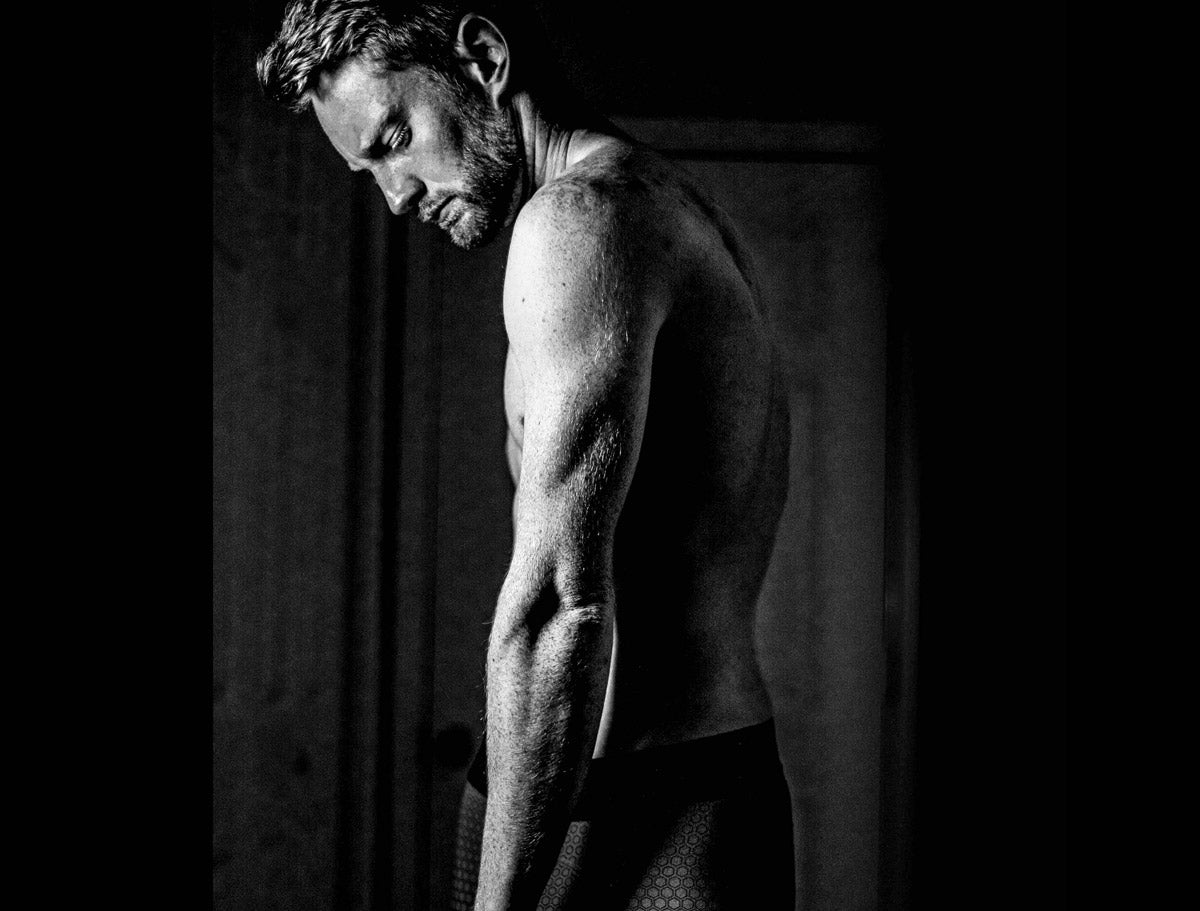More On Testosterone in Men
Testosterone is an excellent anti-aging hormone
Just as women begin losing their sex hormones in their 40s and early 50s, the same holds true for men, except that the decline in testosterone is more gradual. There are many articles that say that testosterone is over-prescribed, and has side effects. Testosterone decreases inflammation and helps prevent aging. It stimulates the production of the brain neurotransmitter, dopamine, which generates passion and excitement. Testosterone therapy has minimal side effects and phenomenal benefits—when done the right way.Blood tests are essential before prescribing testosterone.
They include a CBC, chem profile, Free T3, TSH, DHEA, Cortisol, 25-OH Vit D, Hemoglobin A1C, Testosterone, Free Testosterone, LH, FSH, SHBG, Estradiol, Hs-CRP, PSA, and Free PSA.The range for testosterone in a blood test in mrn can be from 250-850 pg/ml. This is a very large range, and some doctors say that if your blood result is 300, that you are in range and don’t need supplementation. But 300 is not optimal. Optimal is 650-850. Taller and more muscular men need higher levels, as they had lots of testosterone in order to build up their bodies in early adulthood. Smaller and thin-muscled men will do best at levels of 500-650.
The facts are that men who are in the lower 25% of the above range are at higher risk of developing obesity, metabolic syndrome, diabetes, osteoporosis, muscle loss, blood lipid abnormalities, hypertension, heart disease, aggressive prostate cancer, cognitive dysfunction including Alzheimer’s disease, and premature death.
Testosterone deficiency will result in the following symptoms:
- There will be physical fatigue all day long which worsens with exercise. Joint pain during exercise, knee and heel tendonitis (Achilles), muscle soreness; decreased effectiveness of workouts; mental fatigue, inability to concentrate; being grumpy and irritable, with episodes of depression and anxiety; difficulty making decisions; hot flashes that may occur during meetings or at other stressful moments; unexplained weight gain with increased belly fat; decreased libido, decreased frequency of erections, especially morning erections.
-
Physical signs of testosterone deficiency include male pattern baldness with loss of hair on the sides, near the forehead, and on top of the scalp; a worn-out look, pale face, thinner and dry skin, atrophied muscles, dry eyes and mouth, and increased belly fat.
- Many commonly used medications lower testosterone including anti-convulsants, anti-fungals, calcium channel blockers, diuretics, steroids, narcotic painkillers, and statins. Marijuana lowers testosterone, as does excessive alcohol consumption.
If your blood tests show low levels of testosterone, you will need to work closely with your doctor.
If you are in your 40s, your doctor may recommend that you take injections of HCG to stimulate your own production of testosterone.
Men in their 50s and beyond are usually given bio-identical testosterone therapy. It can be administered as a weekly injection, or a daily application of a gel to the skin, or in the form of pellets that are implanted under the skin, and changed every 3 months.
I always seek to optimize prostate health in all patients taking testosterone restoration therapy. Excessive consumption of red meat, alcohol, dairy, and coffee will undermine prostate health, as well as testosterone therapy. Increasing vegetable intake as well as fruits such as 8 ounces daily of pomegranate juice will enhance prostate health. Two herbs that support the prostate are saw palmetto and sequoia gigantea (giant redwood). I encourage men to do Kegel exercises to massage the prostate. Pregnant women do Kegel exercises to strengthen the pelvic floor muscles, in order to facilitate a successful delivery. It is the opposite of a having a bowel movement, meaning that you are using your pelvic muscles to “squeeze in.” You can easily do 10 of these in succession twice a day, in order to maximize prostate health. Optimal prostate health is essential to optimal sexual function.
Follow-up blood tests looking at levels of Testosterone, SHBG, Estradiol, DHT, and PSA are needed.
A cell blood count is also needed because testosterone can stimulate red blood cell production in the bone marrow. If there are too many red blood cells, the blood may get too thick, and donating blood every 6 months would be advisable.To really optimize testosterone therapy the following four areas need to be addressed—essential fatty acids, prevention of insulin surges, optimizing liver detoxification, and promotion of gastro-intestinal health (the microbiome).
You have to increase your level of omega 3 fatty acids by eating more healthy fish like salmon, and supplementing with either a high quality fish oil, or alpha-linolenic acid. This will enhance the receptivity of the cellular testosterone receptors to testosterone (like a key turning a lock).
Insulin surges need to be prevented. This can result from a condition called hypoglycemia, or from a more common condition called insulin resistance, which is a result of excessive carbohydrate and refined sugar intake, obesity, and lack of exercise. Elevated insulin will reduce testosterone levels, as well as promote the conversion of testosterone to estrogen.
Improve liver detoxification with lemon in your water, juicing vegetables, taking supplements such as N acetyl cysteine, Vitamin C, milk thistle, phosphatidylcholine, MSM, taurine, and alpha LIPOIC acid.
Optimizing digestion by avoiding allergic foods such as gluten and dairy, supplementing with a daily probiotic, and taking a pancreatic enzyme with your usually too large and too late evening meal will also be helpful.
And let’s not forget the detrimental effects of chronic stress. Chronic stress will increase levels of the adrenal hormone cortisol, which will lower testosterone.

